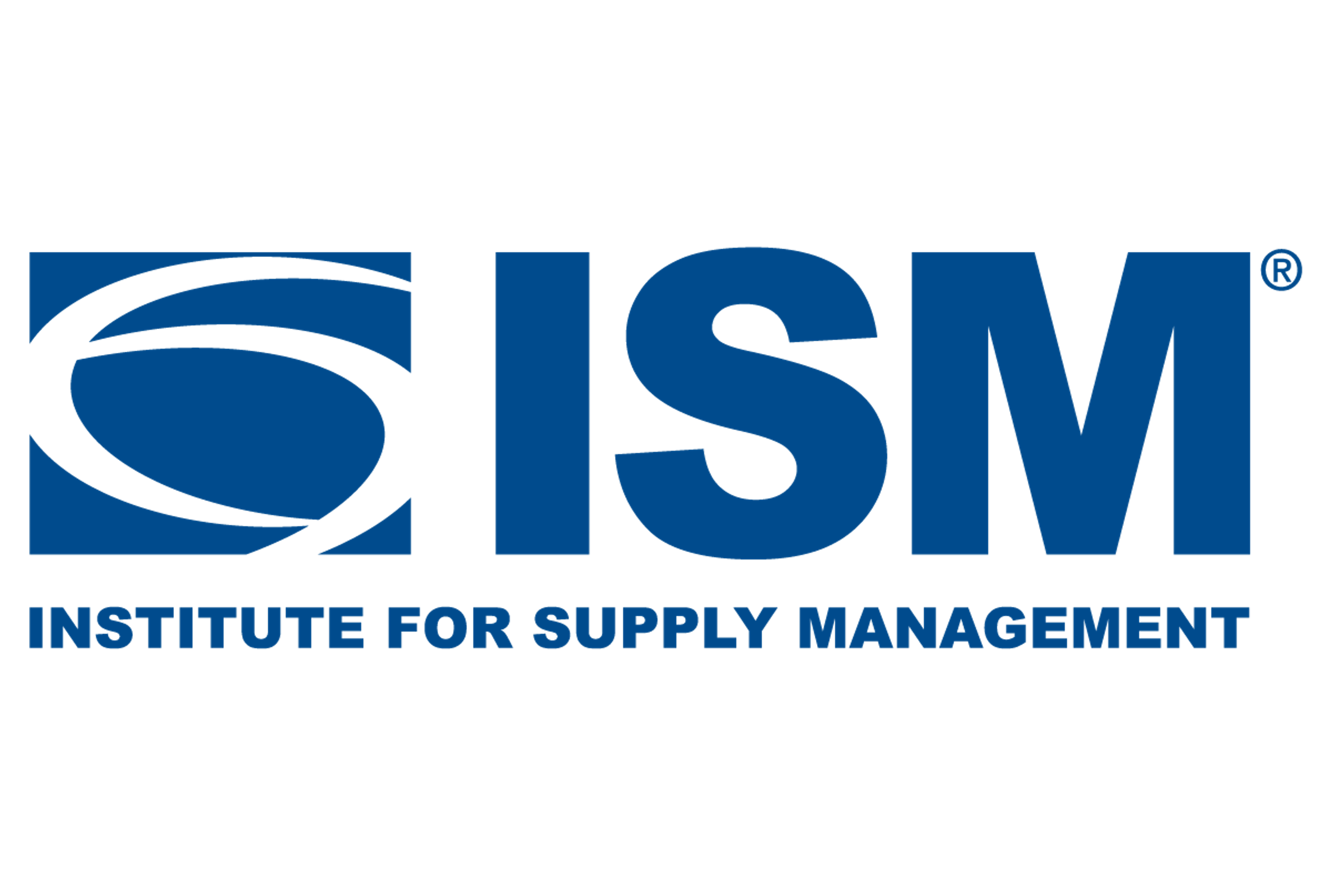Market Data

September 12, 2017
SMU Price Momentum Indicator: Stuck in Neutral But Possibly Slipping
Written by John Packard
The Steel Market Update (SMU) Price Momentum Indicator has been “stuck” in Neutral for a number of weeks as steel buyers and steel mills wrestle with the direction of flat rolled steel prices going forward. Steel buyers are beginning to say the next move in flat rolled steel prices may well be lower, rather than higher.
![]() A reading of Neutral means there is no clear direction for flat rolled spot pricing out of the domestic steel mills. We moved to a Neutral position on Aug. 5, 2017. Since then, the domestic steel mills announced a $30 per ton increase in mid-August. AK Steel announced a new price increase of $30 per ton on Sept. 6. To date, none of the other mills have followed the AK Steel lead. It is normal procedure for Steel Market Update to take our Price Momentum Indicator to Neutral when announcements are made. However, in the current situation, we actually moved our index from Higher to Neutral prior to the first steel mill round of increases and it has remained at Neutral for five weeks.
A reading of Neutral means there is no clear direction for flat rolled spot pricing out of the domestic steel mills. We moved to a Neutral position on Aug. 5, 2017. Since then, the domestic steel mills announced a $30 per ton increase in mid-August. AK Steel announced a new price increase of $30 per ton on Sept. 6. To date, none of the other mills have followed the AK Steel lead. It is normal procedure for Steel Market Update to take our Price Momentum Indicator to Neutral when announcements are made. However, in the current situation, we actually moved our index from Higher to Neutral prior to the first steel mill round of increases and it has remained at Neutral for five weeks.
SMU has been canvassing steel buyers during the course of the day today (Tuesday). We and have found a consensus of opinion that AK Steel’s announcement was an overreach and is not being supported by the other mills. “I do not think the market is strong enough as is to justify higher prices,” said one OEM steel buyer this morning. “At $630/ton for HRC, I think we are at the top end for now and don’t anticipate any further increases from sticking. Without some further governmental action (i.e. Section 232) I don’t believe current demand is enough to justify further price increases. Especially now that we are headed towards the end of the year. Most companies are going to begin their 2018 negotiations with the mills. Even more reason to keep inventory low and buy only as needed.”
A service center told us, “[The steel mills have] definitely gotten ahead of themselves. Scrap did not support up here in the Chicago market, which I believe they were banking on. No mills we work with are supporting the increase. Several mills have “holes” in various products and are definitely willing to deal (mill and product dependent). I quite honestly expect pricing to retreat a little in the short term, especially in CRC and HDG.”
A number of buyers pointed to the sideways move in the ferrous scrap markets taking the mills by surprise and removing the need for the EAF mills to increase pricing. One large service center, speaking about scrap, said, “I think the mills saw the momentum slip away from scrap and postponed a formal increase.”
Looking at the results of last week’s SMU flat rolled steel market trends analysis, we found average lead times as being flat over the past couple of months. We also found domestic steel mills willing to negotiate spot base prices on hot rolled (70%), cold rolled (66%), galvanized (63%) and Galvalume (82%) steels.
We are going to leave the SMU Price Momentum Indicator at Neutral for the moment. However, based on our market trends analysis of last week and comments gathered today, we believe the next move may well be for lower prices, not higher.
Written by: John Packard, John@SteelMarketUpdate.com






